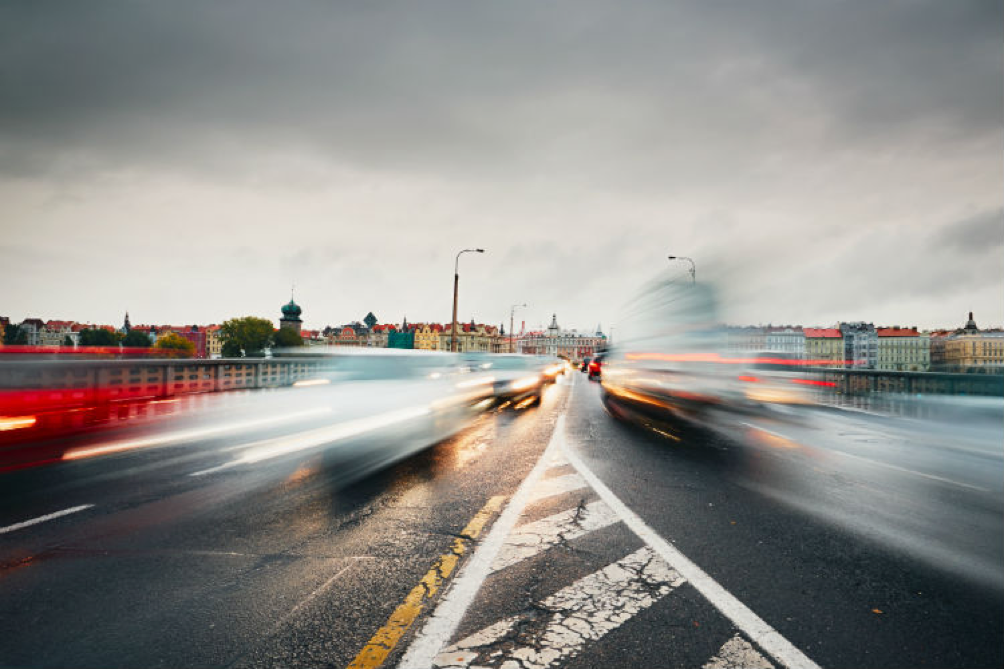Noise and health
Road Traffic Noise Issues in Residential Areas
Road traffic noise poses a huge threat, and is the second most harmful environmental stressor in Europe, only surpassed by air pollution. There are several issues with living in an area with a lot of noise, some of them concern your health. In this blog post we dive into some of the harmful effects of traffic noise. Furthermore, the post deals with regulations on road traffic noise, and solutions to reducing the noise.
Why is Traffic Noise Dangerous?
Traffic noise can lead to several health issues, ranging from a sensation of discomfort to, in the worst of cases, leading to death. Below, you can see a list of documented health effects of road traffic noise:
- Noise can lead to stress. If you are exposed to noise, you can feel stressed. The stressful sensation will disappear, when you are no longer exposed to noise. But if you live in an area with a high noise density, the noise will never disappear, and you risk never getting rid of the stressful sensation.
- Road traffic noise can lead to cardio-vascular disease. This is a well-researched and proven fact. In Denmark alone, road traffic noise causes 330 new cases of blood clots in the heart each year.
- Noise from traffic can also lead to diabetes, because studies show that there is a correlation between exposure to road traffic noise and a big waist line.
- Being exposed to high levels of traffic noise can lead to cancer.
- Noise from traffic can affect the health of children. Seeing as children are under constant development, they are a high-risk group when it comes to road traffic noise. Noise can lead to poor memory function and lowered reading comprehension in children. Furthermore, noise can affect children’s blood pressure, as it can with adults.
As we see above, road traffic noise can be costly, at a personal level as well as at a societal level.
Regulations on Traffic Noise: Decibel Levels and Noise Mapping
Traffic noise poses a threat to our health, and is in fact the biggest contributor to excessive noise exposure levels in Europe, where around 100 million people are exposed to road traffic noise above the daily threshold level of 55 decibel (dB).
There are things that can be done to reduce road traffic noise, for instance noise reducing road paving and noise barriers that can reduce road traffic noise exposure in residential areas. It is typically people living close to highways and other high traffic areas that suffer high exposure to road traffic noise and will benefit from these measures against noise.
EU legislation requires cities in member states to map their noise levels, not only from road traffic, but also from railways and airports, which all contribute to high environmental noise levels. One way of mapping city noise levels, is by installing traffic noise monitoring with SoundEar3-320 X. You can learn how the City of Malmö in Sweden used SoundEar3-320 as part of their solution to lowering external noise levels in this blog post.
Below are three solutions that can have a great impact on noise levels in residential areas.
Solutions to Traffic Noise Reduction
- City planning through creating silent areas: courtyards and other enclosed spaces around the residential area will increase the chances of peace and quiet.
- Day-and night time planning: it will be beneficial to move heavy duty traffic to the daytime instead of evenings and nights.
- Diverting Traffic: it may be a good idea to divert traffic from one area to another, if this causes less people to be harmed by the traffic noise, and even better; if we use noise reducing initiatives where the traffic is diverted to.
It is impossible to avoid road traffic noise completely, but noise can be reduced by following the three solutions above. Furthermore, EU member states and city councils can introduce initiatives that focus on road traffic noise and how to avoid it. If you are interested in learning more about ways to reduce road traffic noise, look at what the City of Malmö have done in this blog post.
Links:
- Road traffic remains biggest source of noise pollution in Europe
- In Danish: Trafikstøj – et overset samfundsproblem https://www.gate21.dk/wp-content/uploads/2016/05/Hvidbog_samlet_web.pdf

 Dansk
Dansk Deutsch
Deutsch Svenska
Svenska
